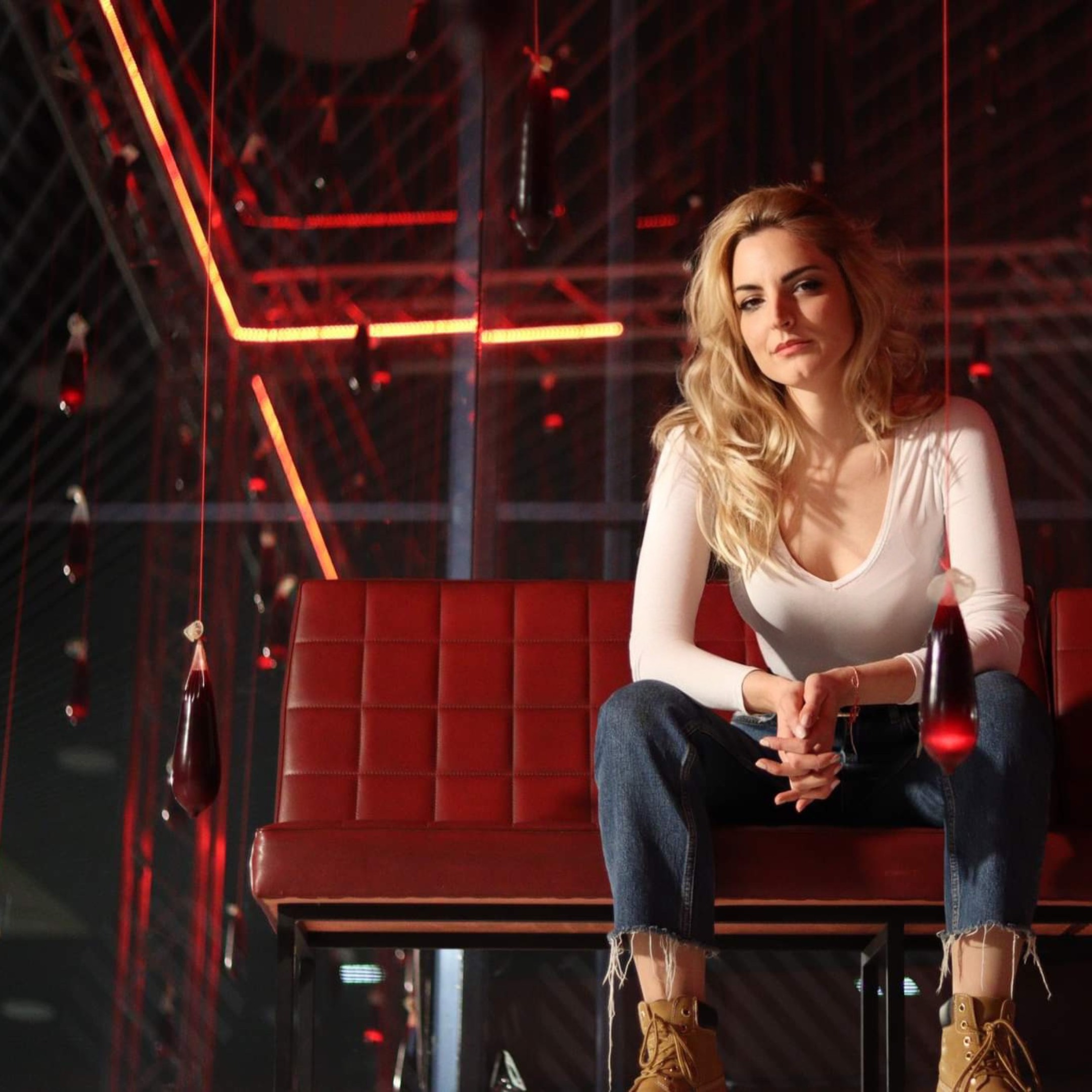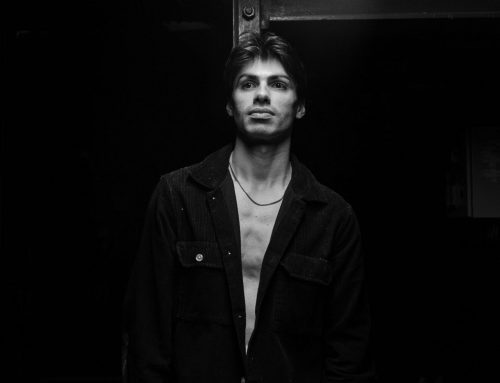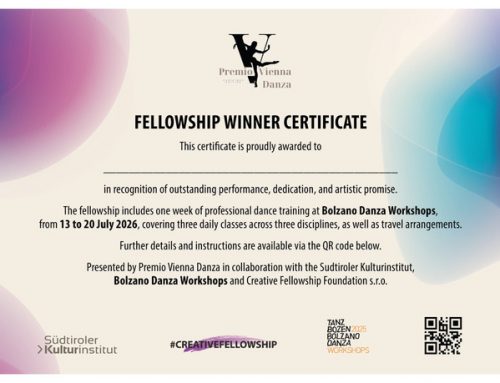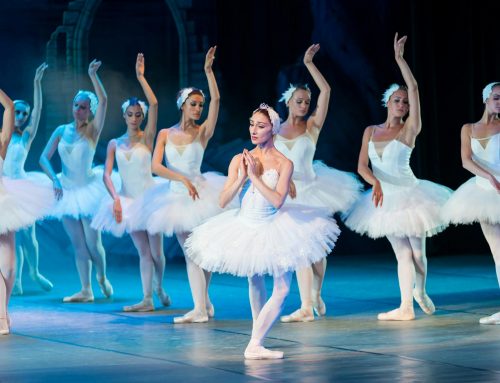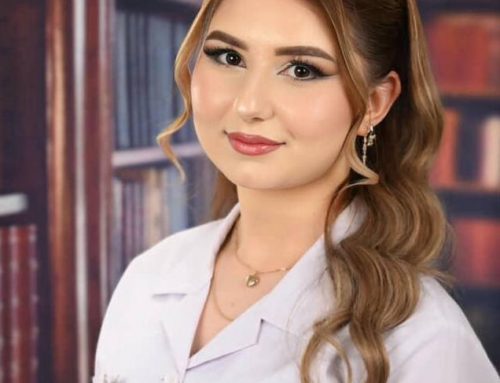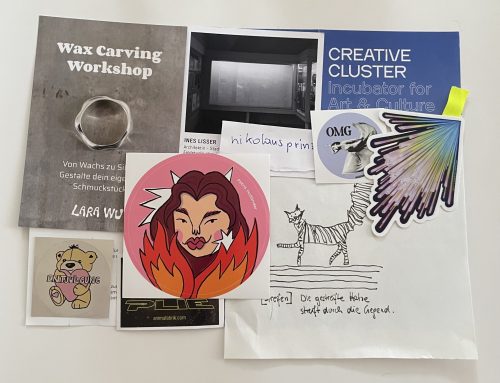#operajobs
Hana Ramuikic is a young set and costume designer with previous training in opera singing who made her debut with the production of “Captain Nemo’s Library” at the Neue Oper Wien in Vienna this summer. We saw her work there and were very impressed by the world she managed to create on the stage. Later we asked Hana to talk about her profession and how to get into it.
Could you please explain your mission in the theatrical production?
I come from Belgrade, Serbia, but I came to Austria in order to fully be able to complete my mission in making theater in the best scale possible. This is where I started studying stage design and started my productions. My mission is to bring theater to everyone and make it relevant and accessible, also for the younger audience, in the time when this artform may not be their first choice in terms of culture and entertainment. I have absolutely always been insanely passionate about theater, which is also probably because I come from the world of opera, where every emotion is lived to its fullest. To share this passion and excitement would definitely be the most beautiful mission.
How did you get into this profession?
My professional path is not very typical for a stage designer. I am actually trained as a professional opera singer and I also studied languages and literature at the University of Belgrade, so my introduction to the visual side of the theater was rather from text and music. This is not a traditional path. Normally, people come from designing or any kind of visual arts. For example, a lot of set designers come from architecture or painting. But my involvement comes from the love for the story, and text and enormous interest in creating worlds for these characters and of course, wonderful music, which I used to create myself back in the day. So, this is what inspired me to start thinking about set design.
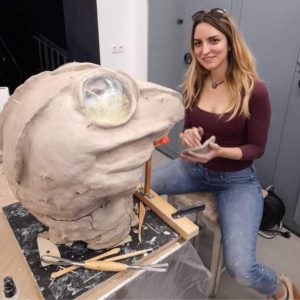 What is the role of a stage designer?
What is the role of a stage designer?
As a singer I always found set designing incredibly interesting. For me personally, set designers have always been the most interesting people in the theater. Set designers work closely in a dialogue with directors, costume designers, dramaturgs, conductors and the technical team. To design a set, you have to know the director’s vision and understand expectations of all other team members. For me these people are magicians. They put a visual frame for the whole production, and set the tone for the evening. I can only hope that that is how my singers and actors see me now too.
What are the responsibilities of a set designer?
There are a lot of responsibilities that a set designer wears on hers or his shoulders. Globally speaking, set designers today have a big responsibility to create as responsible and sustainable as possible. Professionally, set designers need to develop technical plans that are not only artistically functioning and telling a story, but are also safe to be on. There is a lot of knowledge that needs to be obtained in terms of, which materials do you use, can they be reused and are they strong or durable enough to hold the play´s technical expectations etc.. All in all, you are responsible for your cast´s safety, your public, your director, the director of your theater, your technicians… but still, it’s a great profession!
What skills do you have to have to succeed as a set designer?
We build a lot of models and need to have a good understanding about how your ideas could physically be built in real life, so being technically skilled is a must.
If you are doing an opera, music reading is something that will help you a lot in the process.
Generally knowledge about space, 3d thinking is also required. In . But the most important thing is – you need to love the theater and be curious – about the play that you are working on, about the texts and all the meanings hidden behind it. Your job is not only to design, but to tell the story with visual tools. Patience is another quality that helps a lot.
Where do you have to study to become a set-designer?
I can only talk about Austria. I studied in Graz, and this was a very good choice as I had amazing professors. If you are interested in set designing, I would definitely suggest applying for open days at different schools. You need to see who will be teaching the course and if you resonate with these educators. There will be a lot of one-on-one teaching. You can always set up a meeting with your future professor before you take your entrance exam. This can be very helpful as they can give you some feedback on your artworks, your portfolio and tell you what is already good and what needs to be improved. I checked on the works of my professor before applying and really appreciated her work. But as I previously said, some people start with architecture and then switch to set designing.
Is there a difference between designing sets for a theater play or a film?
There are some similarities, but it becomes very different once it comes to execution. For example, the research period is kind of the same. After you get the piece, you have this time when you brainstorm with your director a lot. Then in film, camera frames are a bit different: a lot of close ups and attention to details is essential. Realism in film is often very different from realism in the theater. In theater, if you are doing a contemporary piece, you always have some kind of artistic freedom. In theater, you must think how things will look inside of this black box rather than reality. It’s just a different type of job. A lot of designers do only one thing, as the approach to designing the product is very different.
What other professionals do set designers collaborate with?
Collaboration is one of the things that I love the most about set designing. From the very start your work is a teamwork. You work with a lot of artistic departments. Your main “partner in crime” is a director. Together you design the concept and discuss a lot. But you also do it with a dramaturg and a costume designer (if you are not doing both costumes and sets at the same time). And then you also work with actors, singers, make-up department, technicians…Theatre is a teamwork at its core and a lot of people have to come together and share the united vision that can be presented to the public.
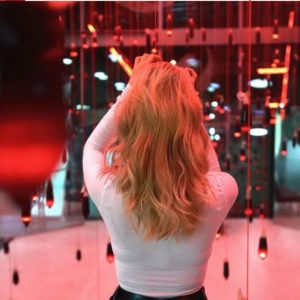 How do you find projects to work with?
How do you find projects to work with?
In my experience so far, they always find me. But this can work only if you do the necessary preparation steps – create a portfolio, be active, meet as many people as you can etc.
What does a typical set designer’s daily schedule look like?
It can vary a lot. Your work starts in one phase and develops further on. It’s not a 9 am – 5 pm type of job, there is no fixed schedule. At the beginning, after you get the title of a play you would be working on for some time, there is a very long period of research. You read the actual play and everything about the play. You go to a library, you search online, you talk to the director – you develop some ideas, choose images that you find interesting and then (which is my most favorite part) you develop the ideas into something more specific. You do the drafts of the costumes, design the first set model to understand the size of the construction and how the space works. You always have to think in these perspectives – artistic and technical. After you develop the idea up to the point where everyone is happy, you start working on technical plans. I do it in a virtual program normally. And then you merge your model with the layout of the theater. You first build the theater box and then fit your set design into it. And if you don’t have any adjustments, you present your plans to the whole team. After that you set up a date when you deliver your concepts to the construction department. After that the workshops start building your designs as tests out of different types of materials. It’s a kind of a construction “sketch” that allows one to see if the design would work in the real world. Then we go into the rehearsal period that ends up with building the real stage. It’s a very long and multilayered process that could certainly be a very enjoyable experience.
What is the actual role of building models and drafting sketches in the process?
In the beginning you have to build a model because you are the only person who has a vision of how the stage should look like. So in order for your director and the technical team to understand exactly what your vision is, you need to make a good model. The better you build the model, the better understanding the workshops have of what they must build.
Is it common for a set designer to also work as a costume designer on the same production?
It is a common practice. In my recent productions in Graz and Vienna, I worked as both – set and costume designer. I really like it. It could be a lot of work and might be very stressful, but on the other hand, you might have this very big benefit of controlling the whole visual concept and working at your own pace. But at the same time, it is good to have another person to discuss your ideas with. So working only on costumes or sets and having a great colleague to share this experience with can also be very enjoyable.
How far in advance do you start discussions with the team?
This can vary a lot. Ideally you get the invitation a year before the premier.
How deep do you get involved in rehearsals?
Since I come from the performing background, I enjoy the rehearsal time a lot. I try to be there as much as I can. It’s not always possible, so you should have an assistant who could step in and take care of l props or if the director requires additional assistance with things like safety, for example. It is however very advisable to be a part of the rehearsals yourself. You are a part of the leading team; you can have your opinions and influence how the staging is developing.
What is your most favorite part of set designing?
There are plenty of things that I like in this process, but the best part is that you are theE one who creates the world of your play. Since I am completely in love with the theater and with the music, just to be able to make a picture, a frame where everything comes to life – for me, nothing is more beautiful than that. This feeling when the public comes into the theater and enters your vision that you created with your team is an incomparable satisfaction.
Are there any industrial festivals or contests for set designers?
I don’t know a lot about it, but I know that in Graz there used to be a very interesting competition called Ring Award, not only for set designers but also for directors. The organizers offer you to create a team and within this team you develop a concept for an opera. The best concepts get an opportunity to be staged and then the jury picks up the winner. I am not sure if it is still on though. There Is also Prague Quadrennial. This is not a contest but an event of Performance Design and Space where you can exhibit yourself as an artist or as a group. There is also biennale di Venezia, and similar interesting art fairs.
What would you advise young talents you are considering pursuing their careers in set designing?
I would advise them to invest in going to the theater in the first place! It will be your working place for quite some time, if you decide to choose this profession, so you definitely want to like it! And, stay curious.
Hana Ramujkić Biography
Hana Ramujkić was born into a family of painters in Belgrade in 1995. After completing the music school for violin and the Belgrade high school, she studied singing at the Kornelije Stanković Conservatory of Music. She then worked for a few years in the vocal ensemble of the musical theater ›Pozorište na Terazijama‹ in Belgrade. In 2014, she began studying linguistics and literature at the University of Belgrade. Ultimately, her passion for literature and music led her to the theater where she found her greatest passion in combining all of her previous interests and studies. In 2017, Hana Ramujkić moved to Graz to study stage and costume design in Annette Murschetz’s class. Since then, she has had the opportunity to work with directors and set designers such as Annette Murschetz, Etienne Plus, Nadja Loschky, Daniel Kramer, Henry Mason, Ingo Kerkhof, Friedrich Rom, Simon Meusburger, Christian Thausing and many others. In 2023 she designed the stage design and costumes for Phillip Boesmans REIGEN directed by Ingo Kerkhof at In the coming season, she will make a guest appearance in Wiesbaden and create the stage design for Luigi Pirandello’s DIE RIESEN VOM BERGE as well as a set design for Rodgers and Hammersteins well known Musical “Cinderella” in the Opera of Wuppertal. With Johannes Kalitzke’s CAPTAIN NEMO’S LIBRARY, she presented her first work for the Neue Oper Wien.
Hana’s collaborators: Annette Murschetz, Etienne Plus, Nadja Loschky, Daniel Kramer, Henry Mason, Ingo Kerkhof, Friedrich Rom, Simon Meusburger, Christian Thausing

